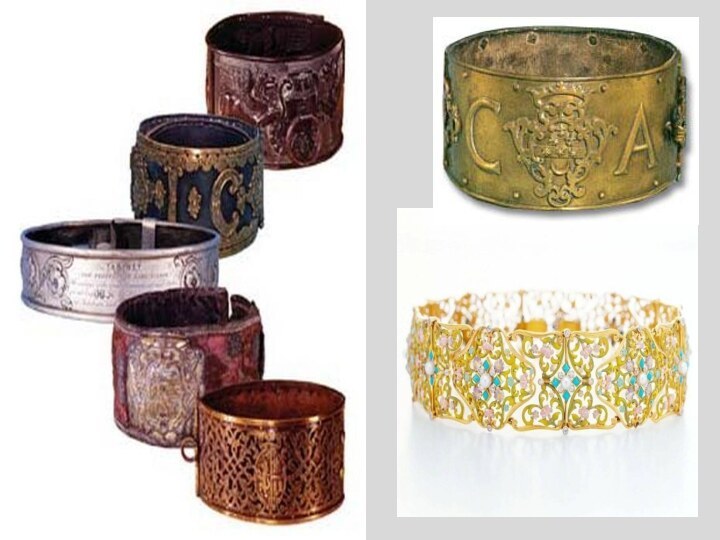- Главная
- Разное
- Бизнес и предпринимательство
- Образование
- Развлечения
- Государство
- Спорт
- Графика
- Культурология
- Еда и кулинария
- Лингвистика
- Религиоведение
- Черчение
- Физкультура
- ИЗО
- Психология
- Социология
- Английский язык
- Астрономия
- Алгебра
- Биология
- География
- Геометрия
- Детские презентации
- Информатика
- История
- Литература
- Маркетинг
- Математика
- Медицина
- Менеджмент
- Музыка
- МХК
- Немецкий язык
- ОБЖ
- Обществознание
- Окружающий мир
- Педагогика
- Русский язык
- Технология
- Физика
- Философия
- Химия
- Шаблоны, картинки для презентаций
- Экология
- Экономика
- Юриспруденция
Что такое findslide.org?
FindSlide.org - это сайт презентаций, докладов, шаблонов в формате PowerPoint.
Обратная связь
Email: Нажмите что бы посмотреть
Презентация на тему Dog Collar Museum
Содержание
- 2. В английском замке Лидс существует единственный в
- 4. Но столетие спустя устрашающие шипастые ошейники уступили
- 9. Однако большинство домашних псов в позапрошлом веке
- 10. If you're visiting England and you love
- 11. Dog collar and lead, with
- 12. A dog collar is a piece of
- 13. Скачать презентацию
- 14. Похожие презентации
В английском замке Лидс существует единственный в мире Музей собачьих ошейников. В его коллекции собраны ошейники, созданные за последние пять веков. В 15-16 веках были популярны железные ошейники с острыми шипами, которые защищали горло собак в










































